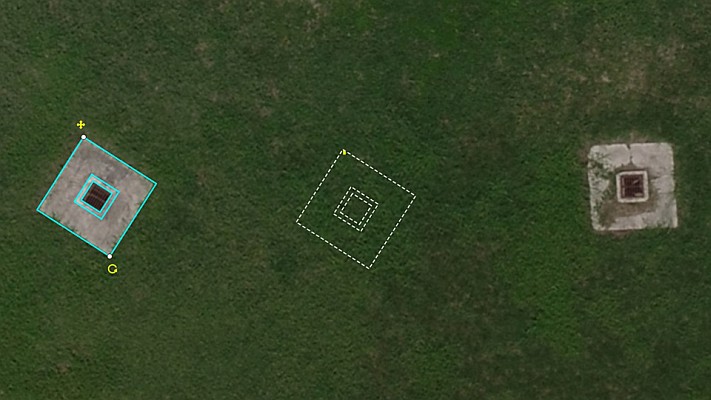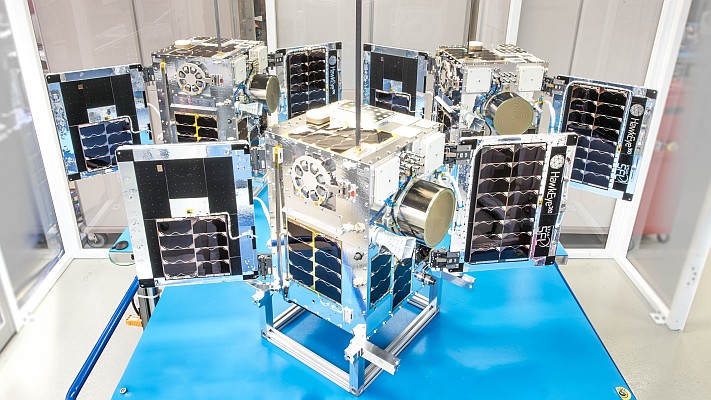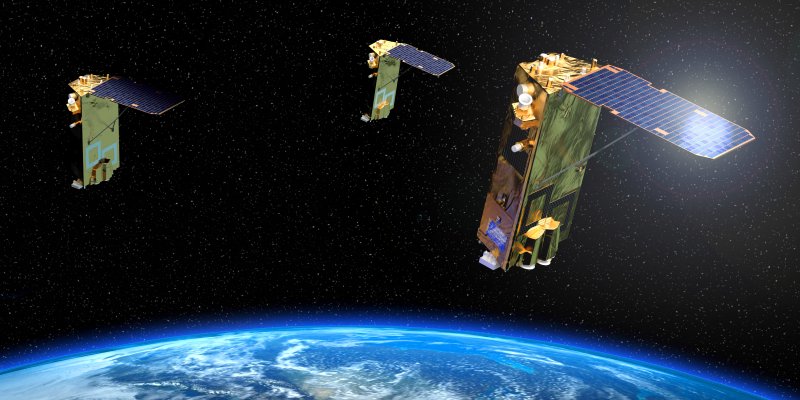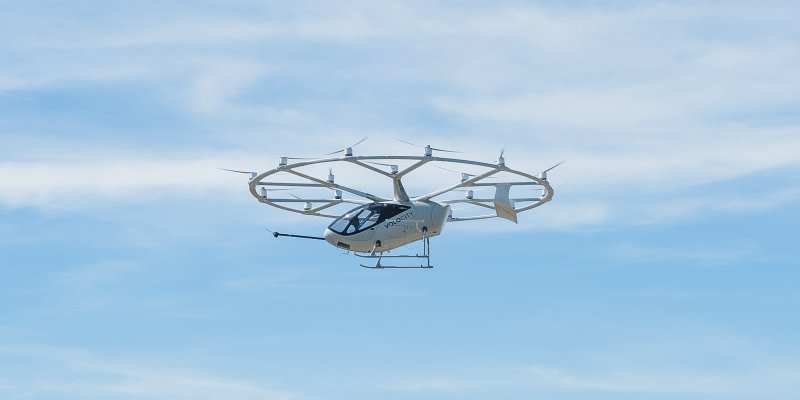NASA launched the Landsat 8 Earth-observing satellite from Vandenberg Air Force Base in California. The launch went perfectly, and 100 days later NASA transferred operational control to the U.S. Geological Survey.

Landsat 8 then joined its predecessor satellites to provide a continuous record of change across Eart
h’s land surfaces since 1972.
Orbiting about 440 miles (705 km) above Earth, Landsat satellites document natural processes such as volcanic eruptions, glacial retreat, floods and forest fires, as well as human-induced processes such as urban expansion, crop irrigation and forest clear-cutting.
“Data produced by Landsat plays a vital role in managing America’s natural resources and the industries and jobs that rely on those resources,” said Sen. Barbara Mikulski, chairwoman of the Senate Appropriations Committee that funds NASA and USGS. “It was Landsat that brought home the severity of Midwest floods in the 1990s, and it has helped identify periods of severe drought that were so devastating to our farmers and foresters. My hat goes off to NASA’s Goddard Space Flight Center that has played a key role in building each of the Landsat satellites, including Landsat 8, improving each satellite with the latest technology and help us better understand planet Earth.”
A high-flying rookie season
Landsat 8 is acquiring around 550 images per day – significantly more than the 400-image-per-day design requirement. Between Landsat 7 (launched in 1999 and still active) and Landsat 8, nearly 1,000 images per day are being collected. This is almost double the imagery collected three years ago, when Landsat 5 and 7 were operating together. The ability of Landsat 8 to image more frequently in persistently cloudy areas (e.g., humid tropics, high latitudes) is improving data collection in areas of critical importance for climate studies.

Landsat 8’s robust data processing system also enables images to be available for public use within five hours of their arrival at the U.S. Geological Survey (USGS) Earth Resources Observation and Science (EROS) Center in Sioux Falls, S.D. Since 2008, all Landsat data is free to all. Enhanced Landsat 8 data have quickly found their way into a wide range of operational applications, including forest health monitoring by the U.S. Forest Service, burn severity mapping by the USGS, NASA and the National Park Service, and cropland mapping by the National Agricultural Statistical Service.
“Before launch, I stated that Landsat 8 would be the best Landsat satellite yet — and I think the first year has proven that,” said James Irons, Landsat 8 project scientist at NASA’s Goddard Space Flight Center in Greenbelt, Md. “Scientists are very pleased with the results. They can see more detail and can identify land cover more easily.”
In land cover classification tests, conducted by Curtis Woodcock of Boston University, the Landsat 8 classification results were 19.5 percent more accurate than those developed from Landsat 7. Australian researchers are finding that improved Landsat 8 data have enhanced their ability identify and quantify areas of land degradation or improvement in the extensive Australian outback.
“Landsat 8’s geometric and geodetic accuracy is so good that the USGS now has the means to use Landsat 8 data to significantly improve the geometric accuracy of the entire 4.6 million image Landsat archive,” Tom Loveland, USGS-EROS senior scientist, noted. “That’s a rare bonus — to be able to improve the historical record.”
With the help of Landsat 8’s thermal imagery, Ted Scambos and University of Colorado, Boulder, researchers found locations in eastern Antarctica that were several degrees colder than the -128.6 F (-89.2 C) record set in 1983.









